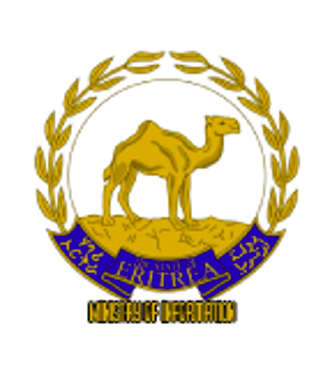Coveted producers including Louis Roederer Cristal, Domaine Meo-Camuzet, and Domaine Dujac offer up lots of wine for auction with the initial pre-auction value at $100,000
Each bottle sold includes access to an exclusive NFT that verifies authenticity, ownership history, vintage, vineyard location, varietal, and more
LONDON, March 12, 2022 (GLOBE NEWSWIRE) — The world’s top wine producers are responding to the humanitarian crisis in Ukraine in an innovative way. Crurated, the London-based membership wine community designed to connect connoisseurs with world-class producers, has announced it is dedicating the week of March 14-20, 2022 for The All Heart Auction, an online event auctioning rare wines from world renowned producers to support humanitarian needs of the Ukrainian people. Selected producers donating wines for the auction include Louis Roederer Cristal, Domaine Meo-Camuzet, and Domaine Dujac among many others. The initial value of the more than 250 bottles of wine pre-auction totals $100,000. A full list of all producers participating is below.
Members and non-members alike are encouraged to participate and bid. Interested bidders are invited to register for an account at www.crurated.com. Non-members can sign-up for a free Explorer membership, allowing anyone to submit bids on the Crurated platform and participate in the fundraising event.
100% of the funds raised from the auction will be distributed to Red Cross, Save The Children, UNHCR, and UNICEF.
The team from Crurated has also developed a unique platform that offers clients an accompanying NFT with each purchase. Recorded forever on the blockchain, the NFT verifies authenticity of the bottle and provides other important details including ownership history, vintage, vineyard location, varietal, and other key details. The NFTs are easily accessible by tapping on an NFC or RFID enabled phone. The bottle history is also updated via a new blockchain recording anytime the wine is resold and the token moves from one client to another. The company uses Polygon technology for NFTs and blockchain.
“It has been amazing watching the world unite to help the people of Ukraine. Our auction initiative represents how I feel about wine and its ability to offer such a generous gift to the world,” said Alfonso de Gaetano, Founder of Crurated. “Our platform is also perfectly suited for this initiative because we automatically assign an NFT for every bottle that is brought into our warehouse and loaded onto the platform. We are anticipating an exciting auction with generous donors pitching in to help lessen the humanitarian crisis.”
“We have had a special link to Ukraine for more than 20 years and have sponsored a charitable event to help young dancers and their families in Lviv. We’ve also raised funds for the Lviv pediatric hospital,” said Jean-Nicolas & Nathalie Méo, of Meo-Camuzet. “Some of the children we had at home for summer vacation are probably old enough to be fighting now, and we dread the thought of their involvement in this war. We hope that the very special wines we have donated for the auction will receive an appropriate welcome and help support the needs of the Ukrainian civilians.”
Other world-class winemakers participating in the auction include: Larmandier-Bernier, Pascal Agrapart, Pierre Péters, Suenen, Bérêche & Fils, Doyard, Moussé Fils, Salon, Vilmart & Cie, Billecart-Salmon, Geoffroy, Pierre-Yves Colin-Morey, Caroline Colin-Morey, Robert Groffier, Père & Fils, Pierre-Yves Colin-Morey, Caroline Colin-Morey, Robert Groffier Père & Fils, Georges Mugneret-Gibourg, Arnaud Baillot, Duroché, Fourrier, Denis Mortet, Dujac, Chateau Pavie, Tenuta Sette Ponti, Ceretto, Massolino, Poderi Aldo Conterno, Grattamacco, Casanova di Neri, Ciacci Piccolomini d’Aragona, Bartolo Mascarello, Biondi Santi, Argiano, Mascarello Giuseppe e Figlio, Il Marroneto, Giacomo Conterno, Montevertine, Tenuta di Trinoro, Elio Altare, Fontanafredda, Borgogno, and Roberto Voerzio.
About Crurated
Launched in 2021 with an emphasis on France and Italy, Crurated is a membership-based wine community designed to connect connoisseurs with world-class producers. A team of specialists provides personalized services and authentic experiences, while Crurated’s seamless logistics service guarantees quality and provenance thanks to secure wine cellar storage and innovative blockchain technology. For more on Crurated, visit crurated.com.
Contact:
Michael Volpatt
michael@larkingvolpatt.com
Photos accompanying this announcement are available at:
https://www.globenewswire.com/
https://www.globenewswire.com/
PDF available: http://ml.globenewswire.com/

